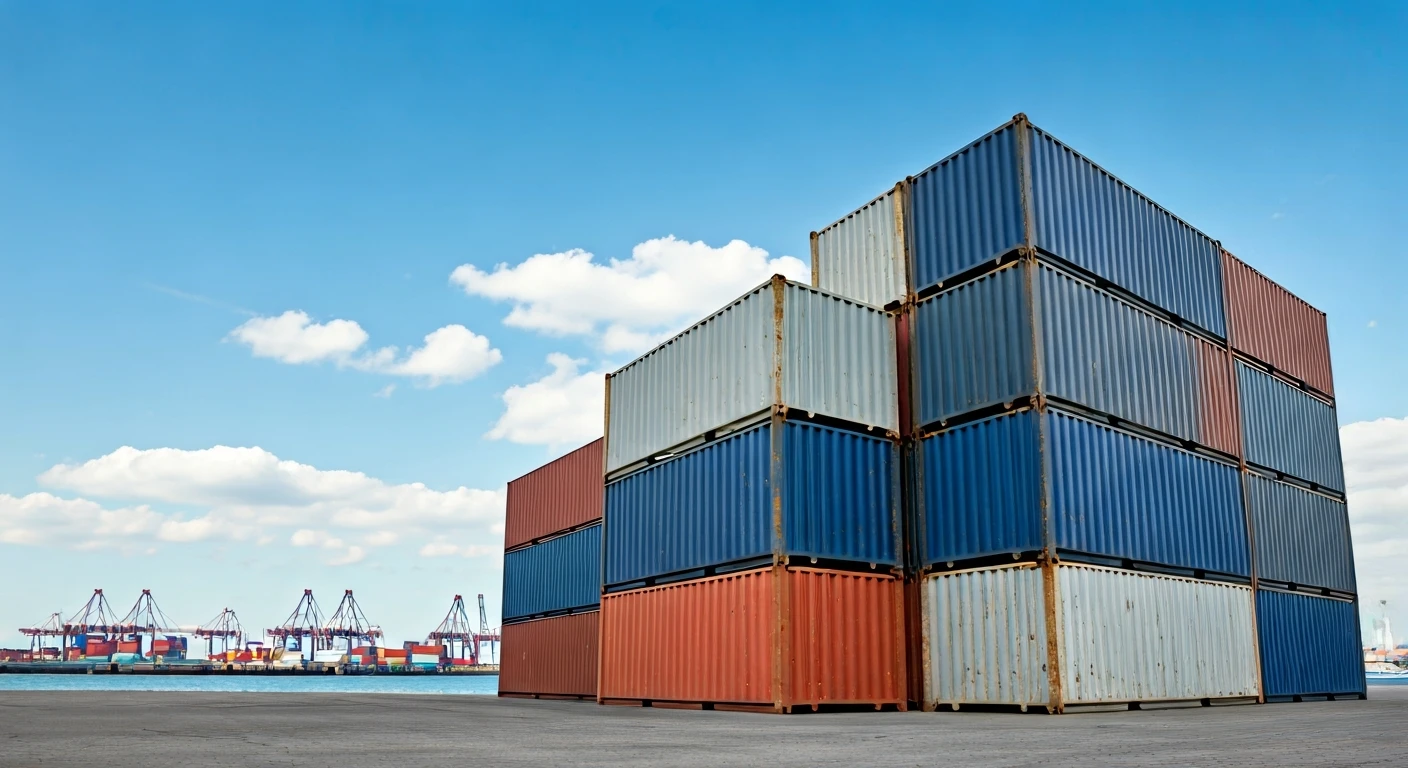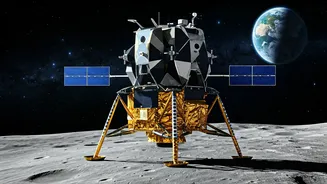Record Trade Gap
India's trade deficit has expanded to an all-time high, signaling significant challenges in the country's economic landscape. This surge in the trade deficit is largely
due to a decrease in exports. Simultaneously, the costs of imports have increased. This discrepancy highlights vulnerabilities in India's trade policies and exposes the economy to external economic pressures. The situation necessitates a thorough examination of trade strategies and potential corrective measures to stabilize the financial system and encourage balanced growth. Understanding the drivers behind this deficit, particularly the impacts of global trade policies, is essential for informed policy-making.
US Tariffs Impact
A major contributor to the growing trade deficit is the influence of US tariffs on Indian exports. These tariffs, imposed by the United States on various Indian goods, have significantly hindered India’s ability to sell its products in the American market. Reduced export volumes, in turn, affect India's earnings. The imposition of tariffs not only raises the prices of Indian goods but also makes them less competitive compared to products from other nations. This dynamic has resulted in decreased demand for Indian products. To mitigate the adverse effects of these tariffs, India might consider alternative markets and explore negotiating favorable trade terms to ensure its exports stay competitive.
Export Performance Analysis
The performance of India's exports is a key indicator of its economic health, and currently, the numbers are not looking good. The latest figures show a slowdown. The decline in exports is due to a mix of factors, including the impact of tariffs and a reduction in global demand. This decline affects various sectors, leading to a decrease in the overall economic activity. To tackle this, India needs to diversify its export base. This could involve promoting different products and exploring new markets to lessen dependence on specific trade routes. Government initiatives that support exporters, simplify trade processes, and provide financial assistance could also provide some relief.
Import Cost Dynamics
While exports are experiencing a downturn, the cost of imports has been rising. This increase in import costs contributes to the widening trade gap. Higher prices for essential goods and raw materials lead to increased production costs for Indian businesses, which might reduce their competitiveness. Fluctuations in international commodity prices, particularly in oil and other raw materials, are important drivers. Managing these import costs involves strategic planning, including diversifying import sources to mitigate the impact of price volatility and promoting domestic production of goods to reduce import dependence. This approach will help in stabilizing the financial situation and achieving long-term economic stability.
Economic Implications
The record trade deficit has numerous economic implications. A larger deficit can weaken the value of the Indian rupee, which leads to inflation, making imports more costly. It can also affect India's foreign exchange reserves. Furthermore, the widening deficit can affect investor confidence, potentially slowing down economic growth and investment. To combat these implications, the government needs to take swift action by promoting exports. This can be done by attracting foreign investment and implementing macroeconomic policies that support currency stability and control inflation. These measures are crucial to mitigate negative impacts and ensure sustainable economic growth.
Future Prospects
Looking ahead, India faces a critical need to adjust its trade policies and economic strategies. Diversifying trade partners, negotiating better trade terms, and focusing on domestic production are key strategies for managing the trade deficit. Government initiatives must aim to support exporters and boost economic competitiveness on the global stage. Economic forecasts suggest that the success of these measures will determine India's economic health. The government's strategic responses will play an important role in influencing the country's economic growth and stability. Monitoring and adapting to changing trade dynamics are critical for navigating the challenges ahead.















